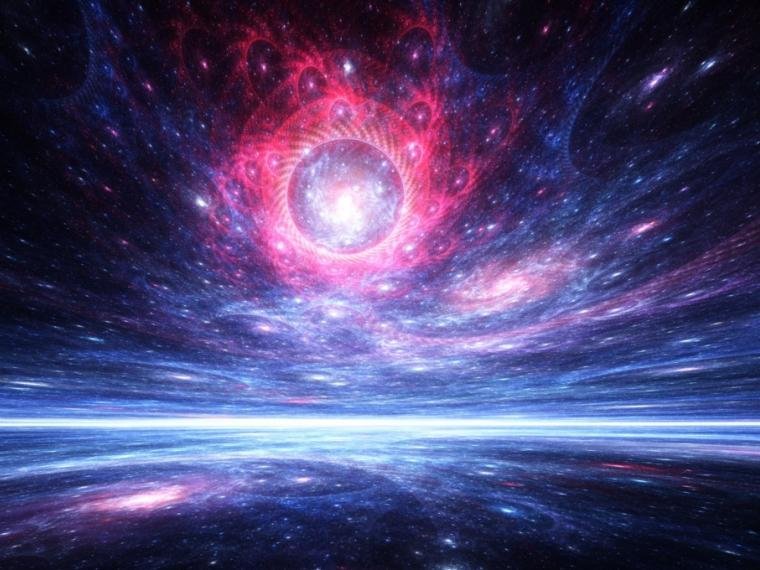The latest physics theory of the Big Bang states that the total number of universes is NOT infinite.

The study, developed by Hawking months before his death, was published posthumously in the Journal of High Energy Physics. In it, the innovative physicist brilliantly details his latest theory on the origin of the universe, co-authored with Thomas Hertog of KU Leuven University in Louvain, Belgium.
He argues that the universe is much less complex than current multiverse theories suggest, as it is based on a concept called eternal inflation, first introduced in 1979 and published in 1981.
After the Big Bang, the universe experienced a period of exponential inflation; then it slowed down and became matter and radiation.
However, according to the theory of eternal inflation, some regions of space ceased to ignite or slow down on a stopping trajectory, creating a small fractal standoff in static space.
Meanwhile, in other bubbles of space, due to quantum effects, inflation never stops, leading to an infinite number of multiverses. Thus, everything we see in our observable universe, according to this theory, is contained in one of these bubbles, in which inflation has stopped, allowing the formation of stars and galaxies.
According to this work by Hawking and Hertog, the model of eternal inflation is incorrect. This is because Einstein's theory of general relativity is broken down into quantum scales.
"The problem with the usual explanation of eternal inflation is that it assumes an existing background universe that evolves according to Einstein's theory of general relativity and treats quantum effects as small fluctuations around this," Hertog explained. "However, the dynamics of eternal inflation erase the separation between classical and quantum physics. As a consequence, Einstein's theory is broken down into eternal inflation.
The new theory is based on string theory, one of the frameworks that attempts to reconcile general relativity with quantum theory by replacing point particles in particle physics with tiny vibrating strings of one dimension.
In string theory, the holographic principle proposes that a volume of space in a lower dimensional limit can be described; thus the universe is like a hologram, in which the physical reality in three-dimensional spaces can be mathematically reduced to 2D projections on its surfaces.
The researchers developed a variation of the holographic principle that projects the time dimension into eternal inflation, allowing them to describe the concept without having to rely on general relativity.
This then allowed them to mathematically reduce eternal inflation to a timeless state on a space surface at the beginning of the universe, a hologram of eternal inflation.
"When we track the evolution of our universe backwards in time, at some point we reach the threshold of eternal inflation, where our familiar notion of time has no meaning", Hertog said.
According to the new theory, the early universe had a limit, which allowed Hawking and Hertog to derive more reliable predictions about the structure of the universe.
"We predict that our universe, on the largest scales, is reasonably smooth and globally finite. So it's not a fractal structure," Hawking said.
It is a result that does not disprove multiverses, but reduces them to a much smaller range, meaning that multiverse theory may be easier to prove in the future, if the work can be replicated and confirmed by other physicists.
Hi! I am a robot. I just upvoted you! I found similar content that readers might be interested in:
https://www.sciencealert.com/stephen-hawking-s-last-physics-paper-theory-on-eternal-inflation-multiverses